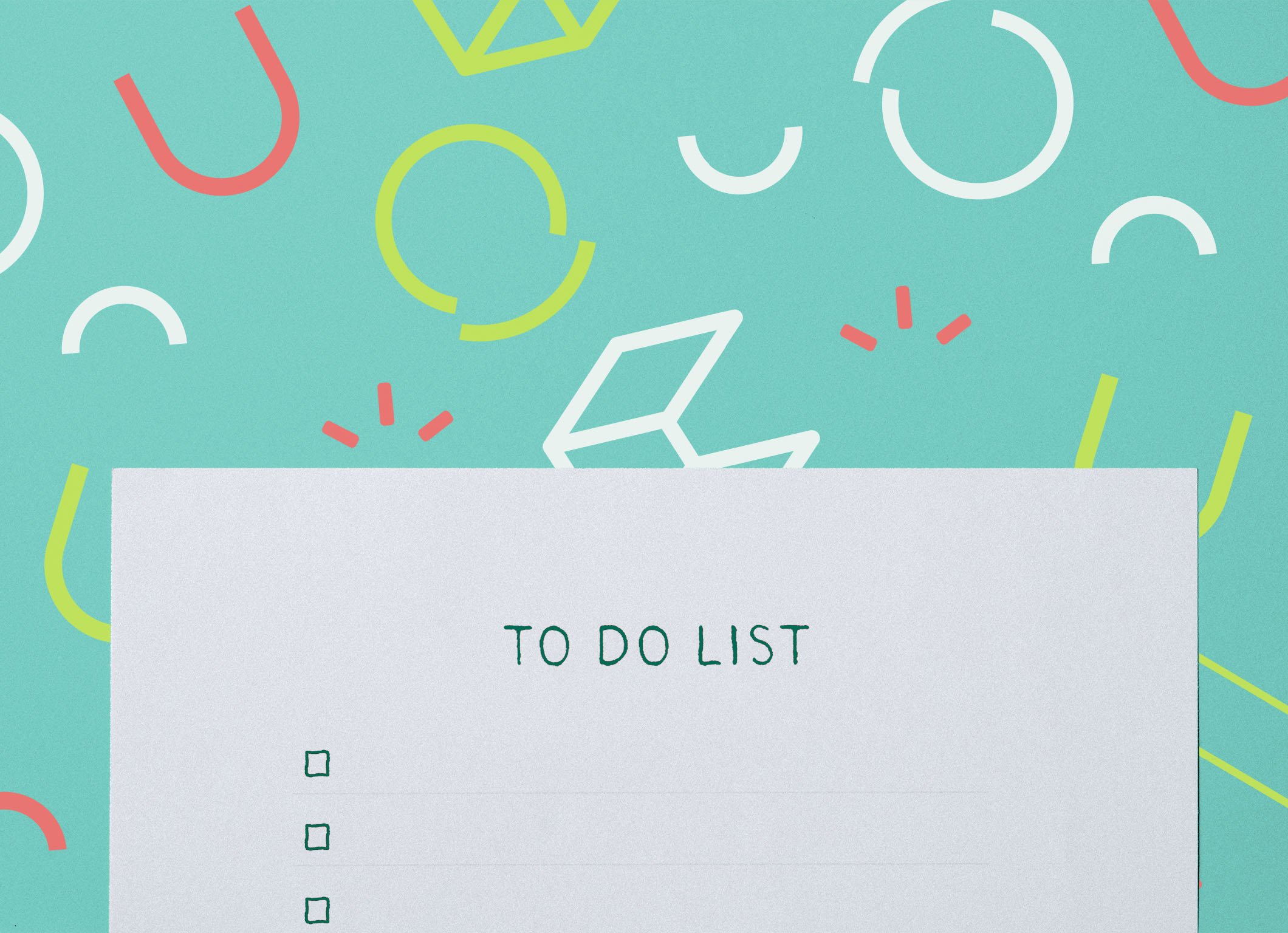What is Executive Function and Where Can I Get My Kid Some?
By Holly Hirshfield
Executive Function is having its moment in edu-speak. But it’s not a fad at all. I first learned about EF over ten years ago when I left the classroom to become a learning specialist. One of my favorite books at the time was Anna Homayoun’s That Crumpled Paper Was Due Last Week. The title says it all. If you’re cringing because you relate a little too much, don’t worry. Executive Function support may be what your child needs.
Before I was a learning specialist, I was a social studies teacher. My students were all over the map — some needed cues to write down homework, some needed help talking through ideas for an essay before they wrote, and some needed a weekly check-in to make sure they didn’t fall into a dark hole of missed assignments. While I had colleagues who felt it was the student’s job to figure this stuff out on their own, I disagreed. In addition to building EF support into my classroom, I offered one-on-one support. And I saw students increase both their learning and confidence. So after fifteen years in the classroom I decided to focus on how kids learn more than what they learn.
So, really, though, what is EF? EF encompasses the ways we approach tasks. This includes estimating how long something will take, prioritizing, and even just getting started. EF also includes having persistence, managing frustration, and switching from one task to another. All kids need support in practicing and developing EF skills. And, like other parts of child development, each child has their own trajectory and pacing. Luckily parents can support their kids’ EF skills in ways that will make both home life and school easier. As we head into a new school year, here are some tried & true and more creative strategies to consider:
Elementary Students:
Review morning routines before bed.
Preview any changes to regular routines ahead of time.
State tasks as clearly and briefly as possible.
Make a visual to-do list using clip art - or your learner can draw it.
Middle School Students:
Create a music playlist with songs that cue transition points for getting through the morning routine.
Pair a favorite meal with a conversation about routines to create a positive association with that task.
Practice EF skills in a non-academic way, like independent baking or party planning.
Model planning: use white board decal calendars to list family events, sports, and after school activities.
When kids have trouble with EF they need our support and modeling. Some kids will need your help for a while before they can be independent. If you want more than what you or their teacher can offer, Education Therapists and Executive Function coaches can work with your learner. If you want to learn more about EF, Peg Dawson and Richard Guare’s Smart but Scattered is a great place to start. When we boost EF skills we also boost a child’s confidence and independence as individuals and learners. And those are traits that will support them within the classroom and beyond.
Holly Hirshfield has 25 years of experience as an educator in the Bay Area. She’s a mom to two kids, a dog, and a hamster. She has recently fallen in love with stand up paddleboarding — but both of her kids are already better at it than she is. Learn more about Holly’s education coaching and consulting.





